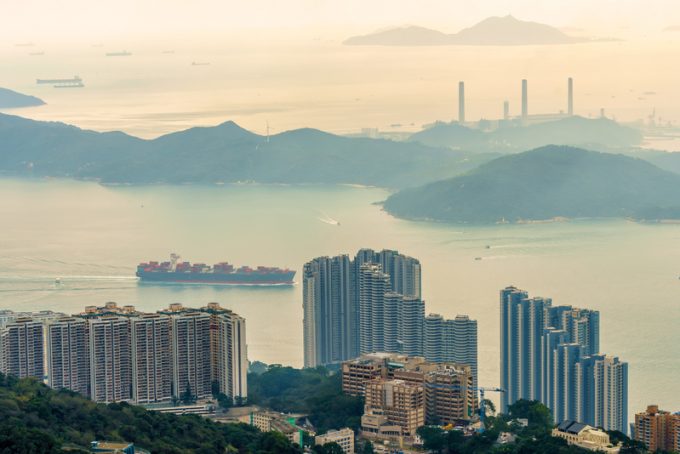Data-sharing tools will be key to managing surging volumes of commerce
Data-sharing tools will become “paramount” for ecommerce players as the sheer number of unknown items ...

Hong Kong faces another reduction in cross-border trucking with mainland China, while port operator Hutchison has admitted the city is losing shipping line favour as a transhipment hub.
Increasing numbers of Covid cases in Dongguan and Shenzhen have led authorities to reduce cross-border truck movements with Hong Kong, from 3,500 to 1,500 a day until further notice, according to Dimerco.
The forwarder added: “This reduces capacity to just 10% to 20% of normal [levels] and is expected to significantly stimulate demand for ...
'Disastrous' DSV-Schenker merger would 'disrupt European haulage market'
New senior management for DSV as it readies for DB Schenker takeover
Volumes set to 'fall off a cliff' as US firms hit the brakes on sourcing and bookings
Asian exporters scramble for ships and boxes to beat 90-day tariff pause
Amazon pushes into LTL for small package fulfilment and UPS does a u-turn
Temporary tariff relief brings on early transpacific peak season
Pre-tariff rush of goods from US to China sees air rates soar, but not for long
'Tariff madness' will prompt renegotiation of ocean shipping contracts

Comment on this article